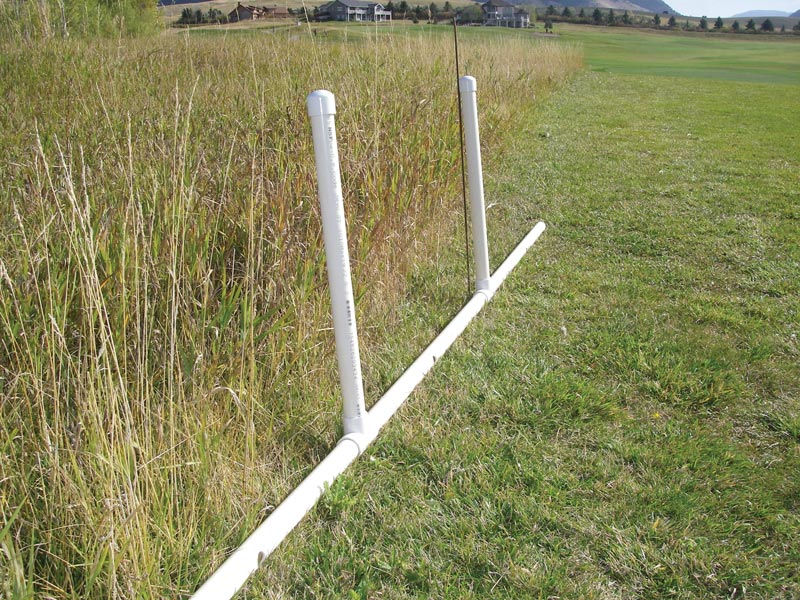Understanding Vole Parasite Control: In-depth Insights on Infestation Prevention and Therapy Strategies
By recognizing the refined indications of vole infestation early on, we can take aggressive steps to protect against prevalent damage. In this conversation, we will discover the nuances of vole actions, dig right into the identification of problem signs, and uncover the most effective prevention and treatment methods.
Recognizing Vole Habits
Analyzing the foraging patterns of voles supplies valuable understandings into their habits and environment preferences. By observing their foraging habits, researchers can get a much better understanding of where voles favor to establish their habitats and the degree of their ecological impact.
Research study shows that voles display discerning feeding practices, favoring origins, roots, and seeds. This nutritional choice affects their foraging patterns, leading them to locations abundant in plant life and ground cover. Additionally, voles are known to create elaborate tunnel systems for foraging and nesting purposes, indicating a high level of adaptability to their environments.
Comprehending vole actions is crucial for implementing targeted pest control steps that disrupt their environment preferences and foraging tasks (vole control). By researching their habits, experts can create more efficient prevention and therapy techniques to manage vole problems

Identifying Signs of Vole Problem
Vole problems can be found by acknowledging specific indications of their existence in an area. Among the most usual indications of a vole infestation is the existence of surface paths. Voles create networks of slim pathways on the ground that are typically around two inches vast. These runways are often discovered in grassy locations or beneath compost or ground cover where voles can move easily and search for food.
One more vital indicator of vole invasion is the visibility of tiny burrow openings in the ground. Additionally, voles are understood to leave behind eaten plant stems, origins, and light bulbs near their burrow openings, indicating their feeding activity in the area.
In addition, vole droppings can also represent their existence. Vole droppings are little, brownish, and round fit, resembling grains of rice. Discovering these droppings along runways or near burrow openings can verify a vole problem. By being watchful for these indications, homeowner can immediately resolve vole infestations and prevent additional damage.
Carrying Out Positive Prevention Steps
Moreover, using natural vole deterrents like castor oil-based repellents or killer pee can serve as reliable safety nets. It is also a good idea to routinely check exterior spaces for any type of signs of vole activity, such as paths or delve openings, to address prospective problems promptly. vole control utah. By adopting these positive avoidance approaches, homeowner can significantly decrease the probability of vole damages and keep the wellness and aesthetic appeals of their landscapes
Efficient Therapy Approaches
Incorporating targeted capturing techniques and utilizing authorized rodenticides are vital components of efficient treatment approaches for handling vole problems. Routine monitoring and upkeep are also crucial aspects of effective treatment approaches to guarantee that vole populaces are kept under control. By incorporating trapping, rodenticides, environment modification, and regular monitoring, efficient vole pest control can be accomplished.
Surveillance and Maintenance Tips
Routine surveillance permits for the very early discovery of vole task, making it possible for prompt intervention before infestations worsen. To successfully keep an eye on vole populaces, purposefully positioned catches can be made use of in vole paths or near burrow entries.
In addition, keeping a clean and clean landscape is necessary in vole prevention. Cleaning away debris, such as stacks of wood or dense plant life, removes possible vole environments. Routinely mowing lawns and cutting greenery helps in reducing vole concealing places and lessens their accessibility to food sources.
Additionally, ongoing upkeep of physical obstacles, such as fences or wire mesh, is vital to avoid vole breach. Evaluating and repairing any problems to these frameworks guarantees that vole control remains reliable in securing properties from problems. By incorporating these surveillance and upkeep practices into a comprehensive vole parasite control plan, people can successfully handle vole populaces and protect their residential or commercial properties from damage.
Conclusion
In conclusion, grasping vole parasite control needs a solid understanding of vole behavior, the ability to determine indications of infestation, executing aggressive avoidance procedures, efficient treatment approaches, and regular monitoring and maintenance. By taking a comprehensive technique to vole control, individuals can successfully manage and stop problems, eventually securing their building and surrounding setting from damage brought on by these small rats.
In this conversation, we will discover the nuances of vole behavior, delve right into the identification of problem indicators, and discover the most effective avoidance and therapy methods.Integrating targeted capturing approaches and making use of approved rodenticides are necessary parts of reliable treatment techniques for handling vole invasions. To properly monitor vole populaces, strategically put traps can be used in vole paths or near burrow entrances. Evaluating and fixing any kind of problems to these frameworks ensures that vole control remains effective in protecting properties from vole pest control infestations. By incorporating these monitoring and upkeep techniques right into a thorough vole parasite control strategy, people can successfully handle vole populations and safeguard their homes from damage.